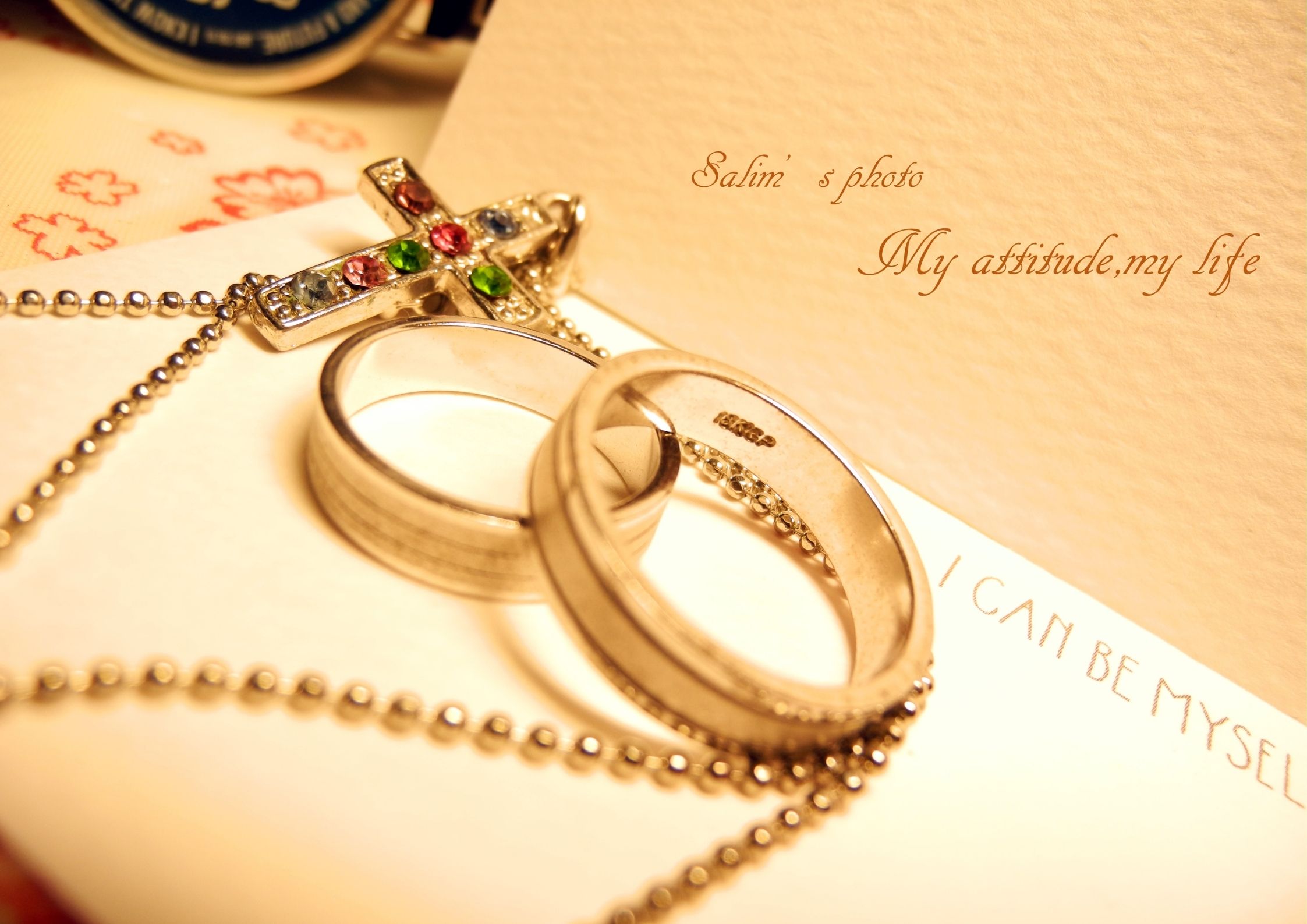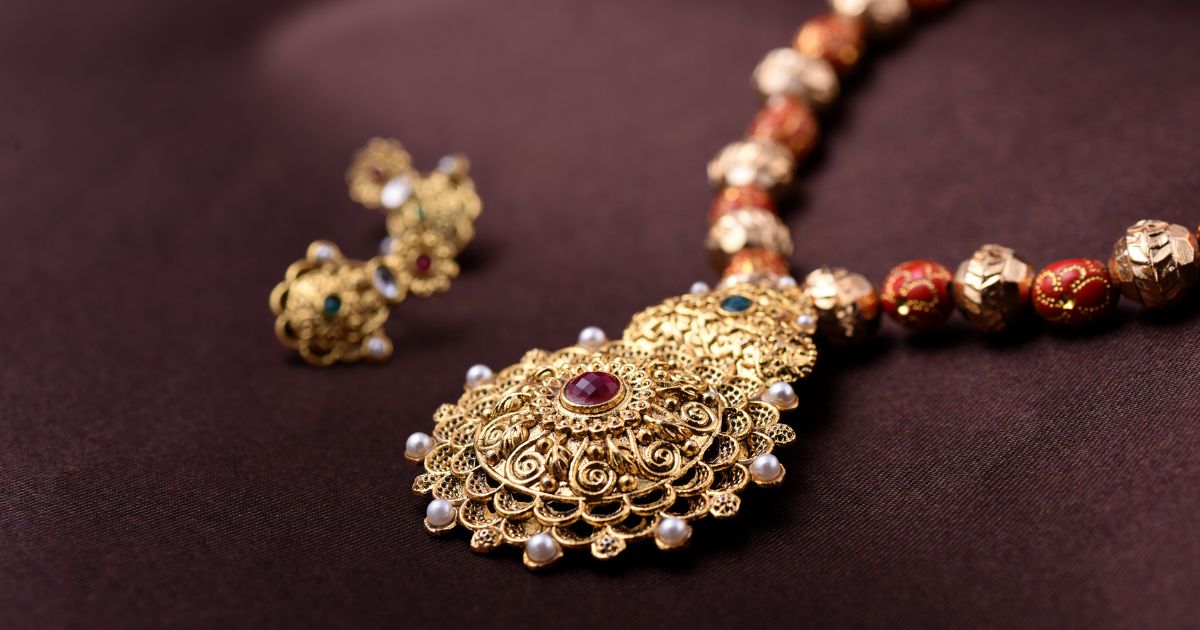Jewelry has always been a significant part of human culture, adorning the bodies of men and women for centuries. From the primitive shell and bone trinkets of our prehistoric ancestors to the glittering precious gemstones of today’s high-fashion pieces, jewelry has served as a symbol of status, a token of love, and an expression of artistry.
Let’s embark on a fascinating journey through the jewelry industry, exploring its rich history, diverse types, the art of design, and the intricacies of the wholesale business.
From the ancient civilizations to modern societies, jewelry has been an integral part of human culture, reflecting not only personal style and aesthetics but also the socio-economic and political dynamics of different eras. This blog post aims to provide a comprehensive view of the jewelry industry, covering its history, various types of jewelry, the art and education of jewelry designing, and the wholesale side of the business.
A Historical Overview of the Jewelry Industry
Jewelry, as a form of personal adornment, has been a part of human culture for thousands of years. The earliest known jewelry pieces were made from natural materials such as bones, shells, and stones. These primitive pieces were often used for protection, luck, and status symbol within tribes
As civilization advanced, so did the techniques and materials used in jewelry making. The Egyptians are known for their elaborate gold jewelry, the Greeks for their gemstone beads and cameos, and the Romans for their love of pearlsThroughout the Middle Ages and Renaissance, jewelry continued to serve as a status symbol, with the nobility and wealthy commissioning elaborate pieces set with precious gemstones.
Fast forward to the 20th century, the jewelry industry witnessed significant changes due to technological advancements and changing fashion trends. The advent of mass production allowed jewelry to become more accessible, leading to a boom in demand and diversification in design.
The History of Jewelry
Jewellery’s roots run deep in human history, with the first instances dating back to prehistoric times when early humans adorned themselves with simple items like shells, bones, wood, pebbles, animal skin, and feathers 1. As civilizations evolved, so did jewelry-making techniques and materials, with cultures like the Sumerians developing almost every kind of jewelry form known today 2.
The 19th century marked a period of substantial industrial and social change, but jewelry design often found inspiration in the past. Today, jewelry continues to evolve, reflecting contemporary aesthetics while still respecting traditional craftsmanship.
Types of Jewelry
When it comes to jewelry types, the variety is extensive, encompassing necklaces, bracelets, earrings, rings, brooches, pendants, and cufflinks 4. Each category boasts a myriad of styles, materials, and designs, offering endless possibilities for personal adornment.
Necklaces
Necklaces can range from simple chains or strings of beads to elaborate pieces featuring precious gemstones. The length, style, and material used can dramatically alter the impact of a necklace, making this type of jewelry incredibly versatile.
Bracelets
Bracelets have been worn by cultures worldwide for centuries. Whether made from precious metals, leather, beads, or even woven materials, bracelets can be as diverse as the individuals who wear them.
Earrings
Earrings are a form of jewelry that can dramatically alter the wearer’s appearance. From small studs to large hoops or chandeliers, earrings have been a staple in jewelry boxes for centuries.
Rings
Rings have a rich history, often symbolizing commitment, status, or affiliation. They can range from simple bands to intricate designs featuring gemstones or engravings.
The Art of Jewelry Designing and Education
Jewelry has been adorning human bodies for centuries, serving as a medium of self-expression, status symbol, and sentiment. But behind every piece of jewelry lies the artistry and skill of jewelry designing, a discipline that combines creativity with craftmanship. This comprehensive guide delves into the world of jewelry designing and the importance of education in this intriguing field.
The Art of Jewelry Designing
Understanding Jewelry Designing
Jewelry designing is an intricate process that involves conceptualizing a design and transforming it into a wearable piece of art. It is a blend of art and science, requiring both creative vision and technical expertise.
Elements of Jewelry Design
The art of jewelry design revolves around several key elements:
- Style: This refers to the overall look and feel of the jewelry piece. It can range from traditional to contemporary, minimalist to extravagant.
- Materials: Designers choose materials based on their aesthetic appeal, durability, and cost. These may include precious metals (like gold, silver, platinum), gemstones, beads, pearls, and more.
- Technique: This involves the methods used to create the jewelry piece, such as casting, soldering, engraving, and stone setting.
- Color: Color plays a crucial role in jewelry design. Designers often use color theories to create harmony or contrast within their designs.
- Form: This relates to the shape and structure of the jewelry piece. It can be influenced by factors like current fashion trends, cultural symbolism, or the designer’s personal style.
The Importance of Education in Jewelry Designing
While talent and creativity are vital, formal education in jewelry designing can provide a solid foundation to build upon.
Knowledge and Skills
Courses in jewelry designing equip students with knowledge about various aspects of the field, including history of jewelry, types of gemstones, metals and their properties, jewelry making techniques, and more. They also teach crucial skills like sketching designs, creating prototypes, and using computer-aided design (CAD) software.
Creativity Enhancement
Education in jewelry designing helps to enhance and refine a student’s creative abilities. It encourages thinking outside the box, experimenting with different materials and techniques, and developing a unique design style.
Career Opportunities
A degree or certificate in jewelry designing can open up a variety of career opportunities. Graduates can work as independent designers, join a jewelry design firm, or even start their own jewelry business. They can also branch out into related fields like gemology, jewelry appraisal, or fashion styling.
The Wholesale Side of the Jewelry Industry
The jewelry industry is a multifaceted sector with various interlinked stages – from mining and refining raw materials, designing and crafting pieces, to retailing the final product to customers. However, one vital aspect that often goes unnoticed is the wholesale side of the industry. This segment plays a crucial role in connecting manufacturers and retailers, ensuring a smooth flow of products from production to market.
Understanding the Wholesale Jewelry Business
What is Wholesale in the Jewelry Industry?
Wholesale in the jewelry industry refers to the business model where jewelry manufacturers or distributors sell large quantities of products to retailers or other businesses. These businesses then resell the products to end customers, either in physical stores or online platforms.
Why is Wholesale Important?
The wholesale business serves as a bridge between the production and retail sectors of the industry. It allows manufacturers to focus on crafting quality jewelry items without worrying about marketing or selling them directly to consumers. Retailers, on the other hand, can access a wide variety of products without needing to manufacture them themselves.
Wholesalers also play a crucial role in introducing new designs and trends to the market. They often work closely with designers and manufacturers to create pieces that reflect current fashion trends, ensuring that retailers have access to the latest styles to attract customers.
Dynamics of Wholesale Pricing
Wholesale pricing is typically lower than retail pricing. This is because wholesalers buy products in bulk directly from manufacturers, allowing them to negotiate better prices. The cost advantage is then passed on to retailers, who can mark up prices to cover their operational costs and profit margins.
Understanding wholesale pricing is crucial for both retailers and consumers. For retailers, it helps them set competitive prices while ensuring profitability. For consumers, understanding the price difference between wholesale and retail can help them make informed decisions when purchasing jewelry.
Challenges and Opportunities in the Wholesale Jewelry Business
Challenges
Like any industry, the wholesale jewelry business comes with its own set of challenges. These may include:
- Fluctuating Market Demand: The demand for jewelry can fluctuate based on factors like economic conditions, fashion trends, and consumer preferences. Wholesalers need to anticipate these changes and adjust their offerings accordingly.
- Inventory Management: Managing large volumes of inventory can be a complex task. Overstocking can lead to increased storage costs and potential losses if products don’t sell, while understocking can result in missed sales opportunities.
- Quality Control: Ensuring consistent quality across large quantities of products can be challenging. Wholesalers need to have strict quality control processes in place to maintain their reputation and customer trust.
Opportunities
Despite the challenges, the wholesale jewelry business also presents several opportunities:
- E-commerce: The rise of online shopping has opened up new avenues for wholesalers. They can now reach a global customer base and operate without the need for physical showrooms or stores.
- Customization: As consumers increasingly seek unique, personalized products, wholesalers can offer custom-made jewelry services to meet this demand.
- Sustainable Practices: With growing awareness about ethical and sustainable practices, wholesalers who source and produce their products responsibly can gain a competitive edge.
In conclusion, the jewelry industry is a fascinating realm, steeped in history and brimming with creativity. From the timeless allure of its diverse pieces to the intricate processes behind their creation, every facet of this industry shines with a unique luster, much like the precious gems it celebrates.




